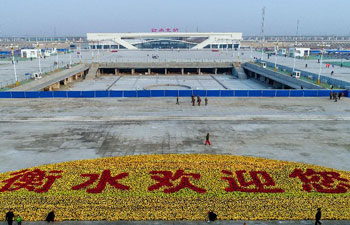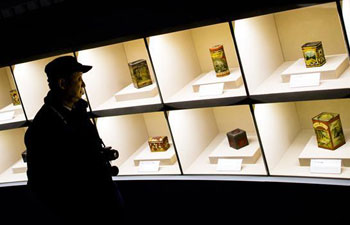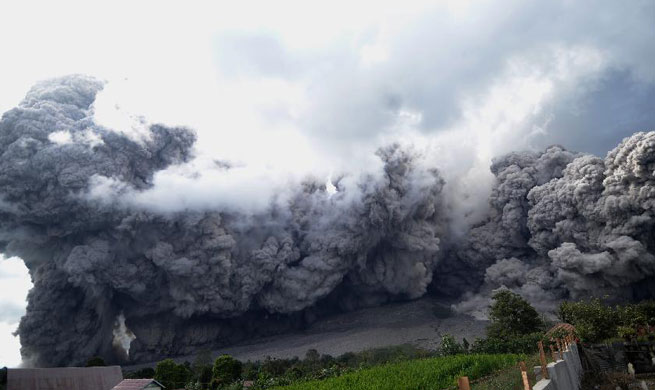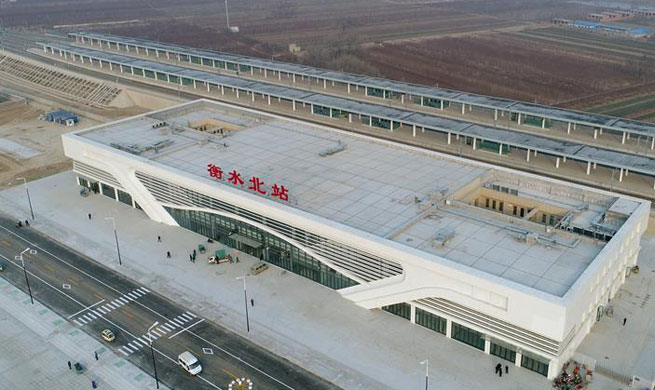TAIPEI, Dec. 27 (Xinhua) -- Two relic sites -- one dating back about 5,000 years and the other about 2,000 years -- have been selected as the most important archaeological discoveries in Taiwan.
The designation was made by Taiwan's cultural affairs authorities, who chose among excavation projects from the past 10-plus years.
One of the sites was found at Taichung City in central Taiwan and was endangered by a private construction project. Archaeologists excavated the site from 2013 to 2014, unearthing the remains of 48 skeletons and a large number of objects dating back 3,980 to 5,600 years.
The graveyard found at the site was one of the earliest in Taiwan and is important for researching the island's history, according to the leading archaeologist of the site, Chu Whei-Lee, curator in the division of anthropology at Taiwan's Museum of Natural Science.
"The most touching discovery at the site was a mother carrying a baby in her arm. The mother was younger than 25 years old, and the baby was only six months old when they were buried in the grave," Chu said.
Radiocarbon 14 dating showed the mother and baby lived more than 4,000 years ago. Nobody knows why they were buried together. Archaeologists guess they probably died at the same time.
Another interesting discovery at the site was a male who was 160 cm tall and wearing a light green jade ornament in the shape of a shark's tooth on his neck. Archaeologists believe the shark tooth had special meaning for ancient people on the island.
Rice, millet, as well as a large number of bones of fish, dogs, pigs, snakes and birds were also unearthed from the site.
"We cherish this site very much since it was discovered in the urban area," said Chu.
Archaeologists believe the culture of the site originated from the Pearl River Delta in southern China.
The other selected major archaeological discovery is located in Taitung County in the eastern part of Taiwan. The site was found by accident when a farmer dug out a stone coffin from his orchard in 1988, and a typhoon exposed more of the site in 2003.
Archaeologist Lee Kun-Sheu, an assistant researcher at Taiwan's Museum of Prehistory, said the discovery was "the will of God."
According to Lee, various antiques including metal, pottery and jade ware and glass beads have been unearthed from the site.
The patterns on the pottery show the site was influenced by the culture of southern China.
According to the cultural affairs authority, there are more than 2,000 archaeological sites in Taiwan, indicating the island was inhabited by humans as early as 30,000 years ago.

















